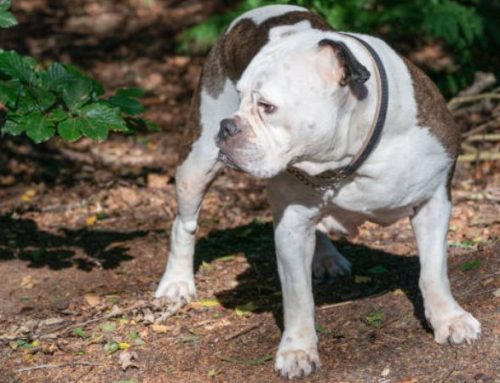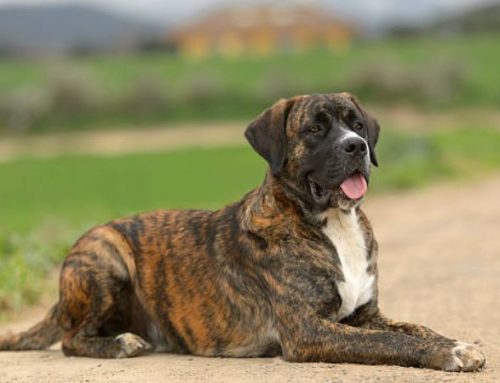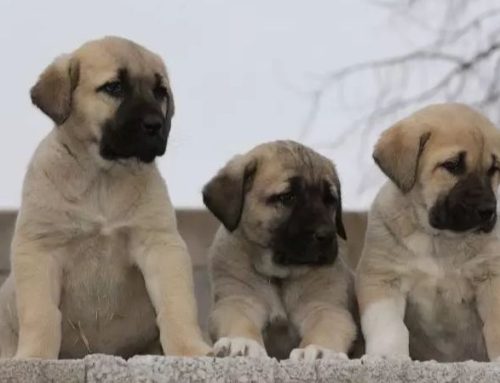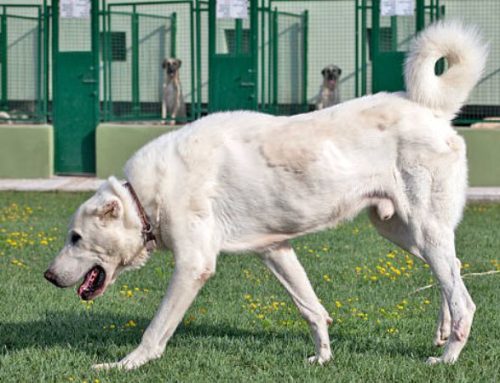Cats don’t all follow the same timeline when it comes to reaching sexual maturity. While many females experience their first heat between five and nine months of age, some may surprise you by starting as early as three to four months, while others may not cycle until closer to a year and a half.
Factors such as breed, body condition, and even the season can all play a role. If you’ve ever wondered what to expect when your cat goes into heat, Nexus-Pets has the answers.
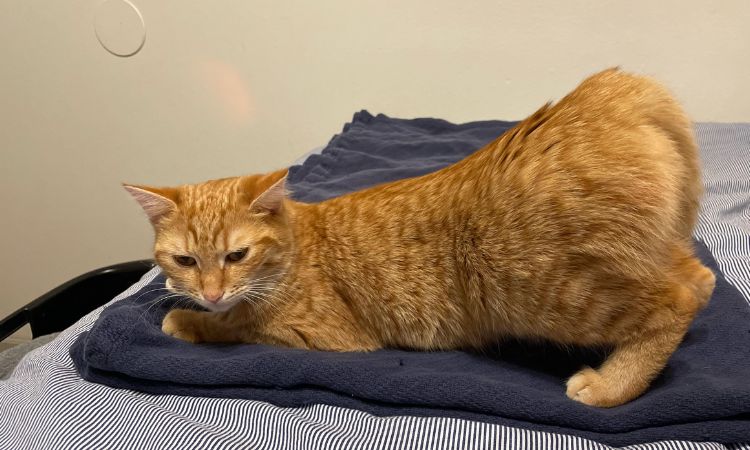
What is a Cat in Heat?
A cat in heat is a female cat experiencing estrus, the stage of her reproductive cycle when she is fertile and ready to mate. During this time, her body releases hormones that prepare her for breeding, and she may show noticeable changes in behavior such as restlessness, vocalizing more often, or seeking extra attention.
Heat signals that the cat is physically capable of becoming pregnant. This period of fertility recurs regularly if she is not bred or spayed. Most cats experience their first heat cycle between 5 and 9 months of age, although the exact timing can vary depending on the breed, health, and environment.
Signs and Symptoms of a Cat in Heat
When a female cat enters her heat cycle, she undergoes noticeable behavioral and physical changes. Recognizing these signs can help you understand what your cat is experiencing and take steps to keep her safe.
Behavioral Changes
Cats in heat often display a range of behaviors that reflect their reproductive readiness:
- Increased vocalization: Queens frequently yowl, meow loudly, or make persistent calling sounds to attract male cats. This vocalizing can occur day and night and may be startling for pet owners.
- Restlessness and agitation: Cats may pace, seem unable to settle, or display hyperactive behavior.
- Heightened affection: Your cat may rub against furniture, walls, or your legs more often than usual, seeking attention and physical contact.
- Posture changes: A classic sign is the arched back and tail held to the side, which is a mating posture. Cats may also roll on the floor repeatedly.
- Excessive grooming: Cats often lick or clean their genital area more frequently.
- Urination changes or spraying: Some cats may urinate outside the litter box or spray objects to mark their territory and signal readiness to mate.
- Attempts to escape outdoors: A queen may try to get outside to find a male cat, even if she normally stays indoors.
Physical Signs
Unlike dogs, female cats do not bleed during their heat cycle. However, other physical indicators can show she is in estrus:
- Mating posture: Arched back with tail to the side, often combined with treading of the hind legs.
- Restless body language: She may roll or wiggle on the floor, displaying openness to mating.
Key Takeaways
Most signs of a cat in heat are behavioral rather than physical, and owners should pay attention to changes in attention-seeking, vocalization, and body posture. While these behaviors are natural, they can sometimes be disruptive, which is why spaying is recommended if you do not plan to breed your cat.
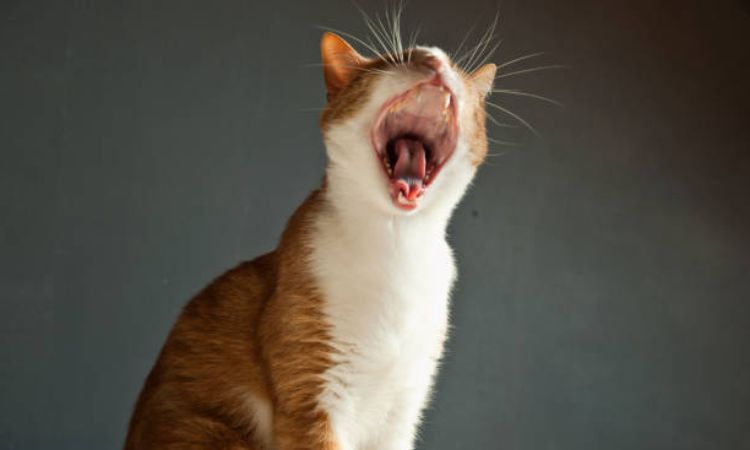
Heat Cycle Details
The heat cycle, also known as estrus, is a recurring phase in a female cat’s reproductive life. Understanding its timing, frequency, and outcomes can help owners manage their cats safely and prevent unwanted pregnancies.
Duration of a Heat Cycle
A typical heat cycle lasts about 6 to 10 days, though it can vary depending on the cat’s age, breed, and overall health. Some cycles may be as short as 3 days or extend up to 14 days. During this period, behavioral changes such as loud vocalization, restlessness, increased affection, and mating postures are most noticeable.
Frequency of Heat Cycles
Cats are classified as seasonally polyestrous, meaning they can experience multiple heat cycles during a single breeding season. For most cats, cycles repeat approximately every 2 to 3 weeks if the female does not mate. This cycle continues until the cat becomes pregnant or is spayed.
Seasonal Nature of Heat
Heat cycles are influenced by daylight length and seasonal changes:
- In outdoor cats or those exposed to natural light, heat generally begins in spring (around February/March in the Northern Hemisphere) and continues through autumn (October–November).
- Indoor cats or those living in climates with artificial lighting may enter heat year-round, as exposure to light can trigger estrus.
- Cats are considered “long-day breeders,” meaning longer daylight hours stimulate the reproductive cycle.
Outcomes: Mating or Remaining Unbred
- If the cat mates: Cats are induced ovulators, so mating triggers the release of eggs from the ovaries. Fertilized eggs lead to pregnancy, which lasts approximately 63–65 days. Following birth, the cat may return to heat about 4 weeks after weaning her kittens.
- If the cat does not mate: The heat cycle will end after a brief period of behavioral estrus, followed by interestrus, a resting phase lasting 1–3 weeks. After this interval, the cycle will restart at proestrus, and the cat will go back into heat repeatedly until she either mates, becomes pregnant, or is spayed.
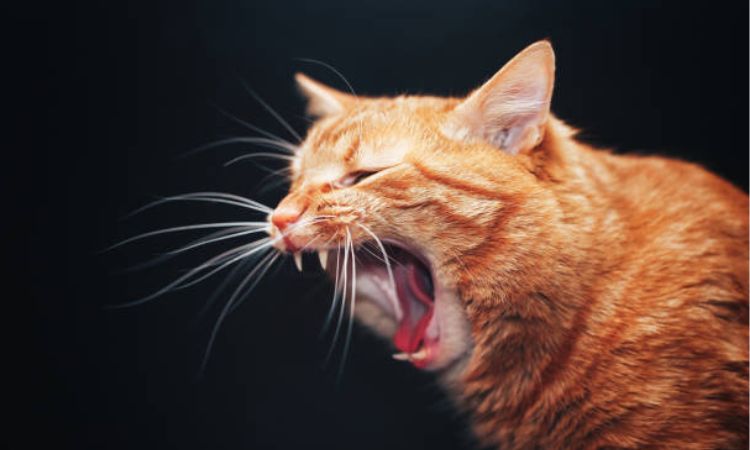
When to See a Veterinarian?
Contact your vet if your cat shows any of the following during or after her heat cycle:
- Vaginal discharge or bleeding
- Persistent vomiting, diarrhea, or loss of appetite
- Extreme restlessness, agitation, or signs of pain
- Repeated attempts to escape outdoors
- Signs of pseudopregnancy or uterine infection (pyometra)
Even without severe symptoms, regular checkups are recommended to ensure reproductive health and discuss spaying to prevent complications.
A cat in heat can be a confusing, and often loud, experience for any pet owner. By understanding the signs of this natural cycle—from the unique vocalizations to the affectionate, restless behavior—you can provide the comfort and care your cat needs. Ultimately, spaying your cat is the most effective way to prevent future heat cycles, avoid unwanted litters, and ensure a calmer, healthier life for your feline companion.


